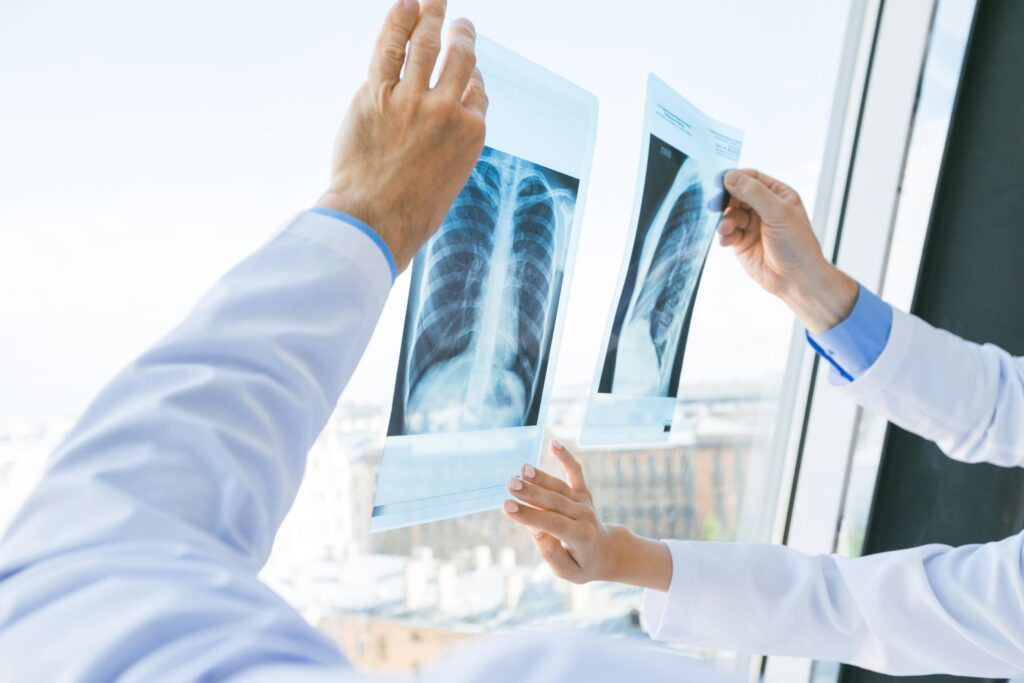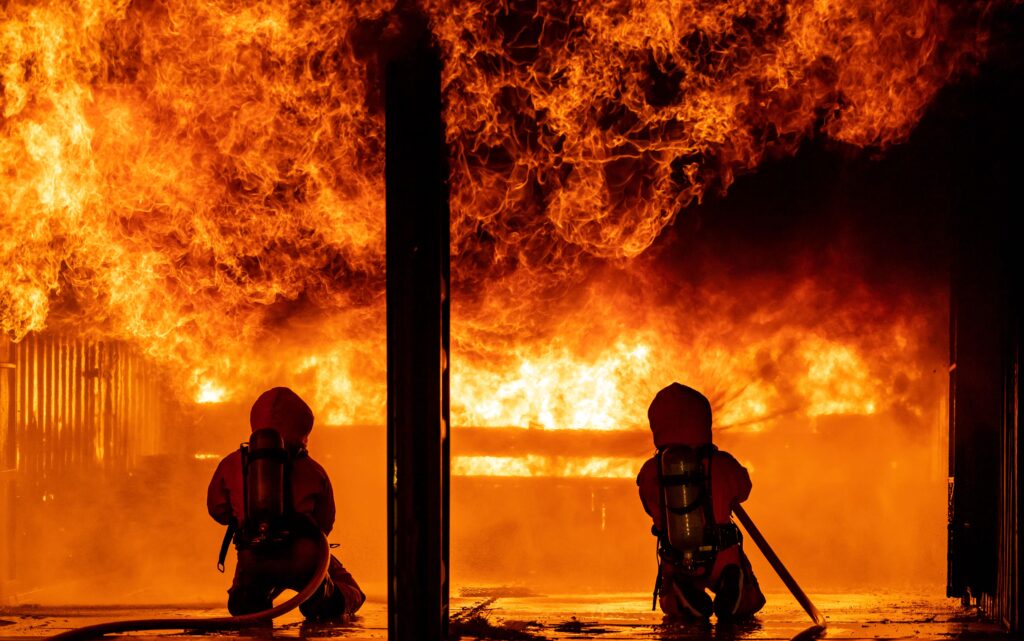Hello, everyone. My name is Daichi, an expert providing the information on the radiation issues in an easy-to-understand manner.
As a continuous article from the previous, this also covers the ICRP, which plays an important role for international rule-making for radiation protection.
This article will respond to, for example, the following question:
– How has the ICRP recommendations influenced the concept of radiation protection?
Table of contents of this article
- (5 key points of the recommendations) What is the ICRP? (Vol. 3)
- Targeted people for radiation protection
- Impact caused by exposure to radiation
- Exposure Situations
- Dose limit and optimization
- Radiation protection for the environment
- Summary
I have been involved with the radiation-relevant issues, like the policy on the decontamination activities and the management of the Interim Storage Facility, after the accident of the Fukushima Daiichi Nuclear Power Plant in 2011.
I received a doctorate in the field of radiation, while working in Fukushima.
(5 key points of the recommendations) What is the ICRP? (Vol. 3)

So far as covered in this article and this article, the history up to the establishment of the ICRP, its specific activities, the organization and its management system have been explained.
In this article, the changes in concept of radiation protection wilI be covered, by especially focusing on the following five points influenced by the ICRP recommendations, which are the important activities of the ICRP.
Targeted people for radiation protection

As covered in this article, when the IXRPC was established, the predecessor of the ICRP, targeted people of radiation protection was mainly medical employees.
Afterward, as mentioned in this article, radiation was taken advantage of not only in the medical field, but also in the other fields (e.g. currently fields of agriculture, industry as well as archaeology and art), and at the same time, the kinds of employees subject to the radiation protection had increased.
Further to that, from the 1950s to the 1960s, atmospheric nuclear tests were conducted around the world, and environmental contamination was caused by radioactive materials that were spread widely due to the accident at the Chernobyl Nuclear Power Plant in 1986.
In addition, it had become apparent, that exposure to radioactive isotopes of radon indoors in our daily life need to be cared about.
Due to these events and accidents, as well as accumulation of scientific knowledge, the exposure to the general public was also regarded as necessary to be fully taken into consideration.
Impact caused by exposure to radiation

For the next, as explained in this article, kinds of impact caused by exposure to radiation, specifically, the deterministic effects and the stochastic effects.
Initially, impact caused by exposure to radiation was focused on medical employees, who could be especially suffered from the deterministic effects, which could be caused by relatively high doses of radiation with threshold values, like acute radiation syndrome.
Afterward, as knowledge about the health effects caused by exposure to radiation had been gradually accumulated, and it had become apparent, that exposure to radiation may affect the development of cancer and other diseases.
Taking account of this fact, the stochastic effects, with the assumption that there are no threshold values, have been subject to consideration.
Exposure Situations

As covered in this article, there are the 3 exposure situations as follows:
– Planned exposure situations (e.g.: exposure derived from management of nuclear power plants, experiments in laboratory)
– Emergency exposure situations (e.g.: exposure derived from response to accident of nuclear power plants)
– Existing exposure situations (e.g.: exposure derived from response under the recovery process after the accident of nuclear power plants, cosmic ray, radioisotopes of radon indoors)
Initially, as above-mentioned, radiation protection was mainly focused on medical employees and researchers, and regarding the exposure situations, radiation protection was subject to consideration against sources introduced in a planned manner, that is, the planned exposure situations.
(At that time, there were not concepts for categories of exposure situations, so to be exact it was the planned exposure situations by present categories for exposure situations.)
Afterwards concept for categories for exposure situations were introduced, and radiation protection systems have been subject to consideration, according to the three above-mentioned exposure situations.
For detailed information on exposure situations, please visit this article, as well as this article.
Dose limit and optimization

Initially, ICRP’s activities were primarily focused on providing technical advice on radiological protection, but in order to better manage and reduce radiation exposures to people, dose limits have been introduced for public as well as occupational exposure, under the planned exposure situations.
Further to that, the principle of optimization has been introduced, and the concept of dose constraint has been also introduced under the planned exposure situations, to reduce dose to people as low as reasonably achievable, even if dose is already lower than the dose limit.
For more information on dose limit and optimization, please visit this article.
In addition, this principle of optimization is applied not only to the planned exposure situations, but also to the emergency exposure situations and the existing exposure situations.
Regarding the public exposure, the concept of the reference level was introduced, a value to gradually reduce overall doses in a step-by-step manner, as low as reasonably achievable.
For more information on reference level, please visit this article.
Radiation protection for the environment

Finally, radiation protection for non-humans, specifically for flora and fauna.
Initially, target of the radiation protection was only people, but later, the concept of radiation protection for flora and fauna in the environment had come up.
However, at first, the idea was that if people could be properly protected from the adverse effects of radiation, flora and fauna would be also protected at the same time (so let’s think about radiation protection for peple first).
Afterward, the idea has changed and flora and fauna had become target to be considered individually and appropriately protected from radiation, just in a same way as people, and radiation protection has been subject to consideration in more detail for each species.
Summary
This article covers changes of radiation protection with time, influenced by the ICRP recommendations, by focusing on the 5 points.
In 2028, the ICRP will celebrate its 100th anniversary of the establishment of predecessor, the IXRPC.
It would be currently under the process for publication of a new recommendation in around 2028.
Its future activities will attract attention all over the world.
By the way, above-mentioned contents are summarized in the following videos.
It would be appreciated to visit them at your convenience.
– Japanese version
– English version
You can read the same article in Japanese here.
Thank you very much for reading this article.
See you next time!



コメント